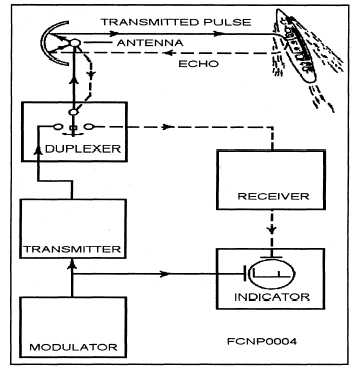Figure 1-3.—Ducting effect on the radar wave.
Water droplets and dust particles diffuse radar
energy through absorption, reflection, and scattering.
This leaves less energy to strike the target, so the
return echo is smaller. The overall effect is a reduc-
tion in usable range. Usable range varies widely with
such weather conditions. The higher the frequency of
the radar system, the more it is affected by weather
conditions, such as rain or clouds.
Since all radar systems perform the same basic
functions of detection, they all have the same basic
equipment requirements.
BASIC RADAR SYSTEMS
Radar systems, like other complex electronics
systems, are composed of several major subsystems
and many individual circuits. Although modern radar
systems are quite complicated, you can easily under-
stand their operation by using a basic block diagram
of a pulse-radar system.
FUNDAMENTAL RADAR SYSTEM
Since most radars used today are some variation
of the pulse-radar system, this section discusses those
used in a pulse radar. All other types of radars use
some variation of these units. Refer to the block
diagram in figure 1-4.
1-6
Figure 1-4.—Block diagram of a fundamental
radar system.
Modulator
You can see on the block diagram that the heart of
the radar system is the modulator. It generates all the
necessary timing pulses (triggers) for use in the radar
and its associated systems. Its function is to ensure
that all subsystems of the radar system operate in a
definite time relationship with one another and that
the intervals between pulses, as well as the pulses
themselves, are of the proper length.
Transmitter
The transmitter generates powerful pulses of elec-
tromagnetic energy at precise intervals. The required
power is obtained by using a high-power microwave
oscillator (such as a magnetron) or a microwave am-
plifier (such as a klystron) that is supplied by a low-
power RF source.




